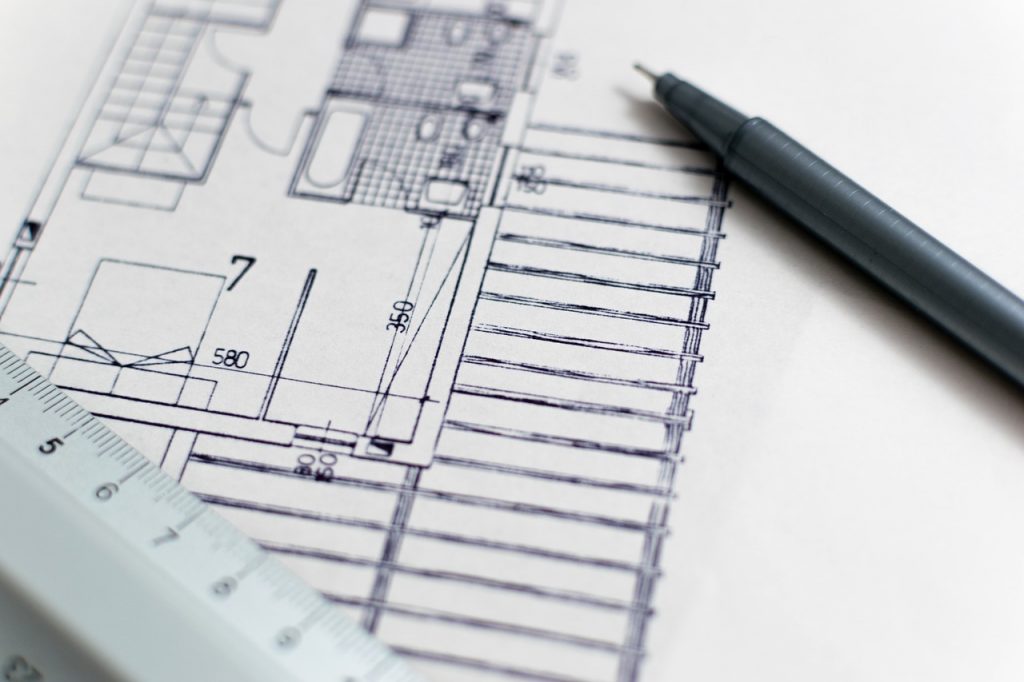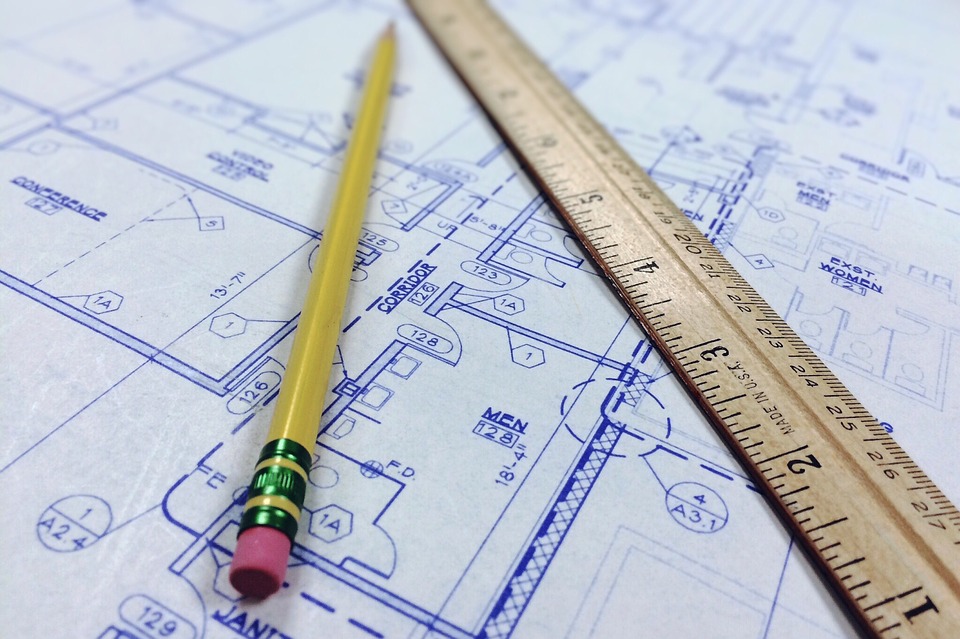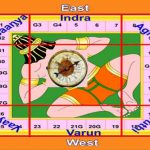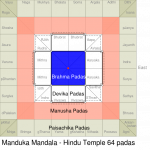Vastu in architecture has practical applications even in the modern context. It essentially provides guidelines for the design and layout of various types of buildings to make the best use of natural forces and energies.
The Science of Vastu Shastra
Vastu Shastra is the ancient Vedic science of building design and construction. It provides the rules for proper shapes, design, and layout of a building, and the proper use of different spaces. Fundamentally, it is a science that aims to help residents of a building live in harmony with nature, promoting health and happiness.
There are many myths and symbolisms involved in Vastu Shastra. This is typical of all ancient Hindu Shastras which surrounds scientific facts with symbols and stories to make them easily acceptable by the common people. So, there is this story of the Vastu Purush. This Vastu Purusha form actually serves as a guide for the layout of each structure.
Vastu Architecture Principles

In Vastu architecture of a house, the five fundamental elements, natural forces, and the eight main directions play an important role.
The five natural elements in Hindu belief are – Space, Air, Fire, Water, and Earth. These five elements are present in all living beings. In fact, everything in the cosmos is composed of these five basic elements, in different combinations and proportions.
So, everything is interconnected and can affect each other. Light, heat, wind, water, and different energies like magnetic energy, electrical energy, radiation, and other forces are all ways in which objects influence each other.
Vastu architecture principles create a protocol for harnessing these energies and creating a good balance that enhances life, physical health, and mental well-being.
How Vastu Layout Harnesses and Balances Natural Energies

In ancient Vastu architecture, directions assume prime importance. Architects built houses as concentric squares or rectangles with an open courtyard in the center. Moreover, different deities rule in different directions. So, various rooms correspond to the ruling deities of each region.
Deities Ruling Different Parts of the House
The Center – Brahmasthan, the divine space. In ancient Vastu architecture, this place was left open to connect with the sky or Akasha. This region, exposed to rain and heat, was for spiritual practices.
The eight directions track the position of the sun at various periods throughout the day.
- North East is the Brahma Muhurta or pre-dawn hours
- East is the direction of sunrise
- SouthEast is the sun’s position during mid-morning to noon
- The sun is in the south during the afternoon hours
- Southwest represents the evening hours till 6 pm
- West denotes the hours after sunset till 9 pm
- Northwest is the sun’s position during the early part of the night to midnight
- The sun is in the North in the dark hours after midnight till pre-dawn

The Directions and Rooms
- Ishwara, the Supreme Being, rules the Northeast. Hence, this is a sacred space, the source of divine energy. So, this space is ideal for a Puja room.
- Ruled by Indra, the King of Devas who bestows prosperity and pleasure, East or Purva is a good direction to have your entrance. This is also an ideal area for a bathroom, living room, dining room, or a bedroom.
- Agni, the god of fire, rules over the South East or Aagneya corner. According to Vastu in architecture, this space is best suited for a kitchen.
- The South is ruled by Yama the lord of Dharma who metes out punishment to evil people and so destroys evil. Here you can have a staircase or storeroom.
- South West is the space of Nivrutti who represents demonic forces and it affects your lifespan. This area is a good place for the master bedroom or a staircase.
- Varun, the Lord of Water, rules West or Paschim. As this is the space for water, you can have your well or water storage here, and inside the house, you can have a child’s bedroom or study room.
- Vayu or air rules the Northwest (Vayavya). It represents pure air and good health. This is ideal for a bedroom.
- North or Uttar, ruled by Kuber, is the corner for wealth. So, you can have a vault or storage room here.

The Importance of Vastu in Architecture
There is a lot of science in Vastu in architecture. It makes the best use of natural light and heat. It also ensures good use of other energies like wind and electromagnetic energy. Further, in a tropical country like India, the sun’s heat is intense in the South and Southeast directions and less so in the northern direction. So, as per Vastu Shastra, you should build thick, raised walls in the south, and avoid windows, slopes, and slants towards the southern directions. Vastu architecture for house also suggests having more open spaces in the North and East. Thus, Vastu and architecture can go hand-in-hand to create a well designed aesthetically pleasing home that ensures a perfect balance of natural energies, promoting peace and harmony.












